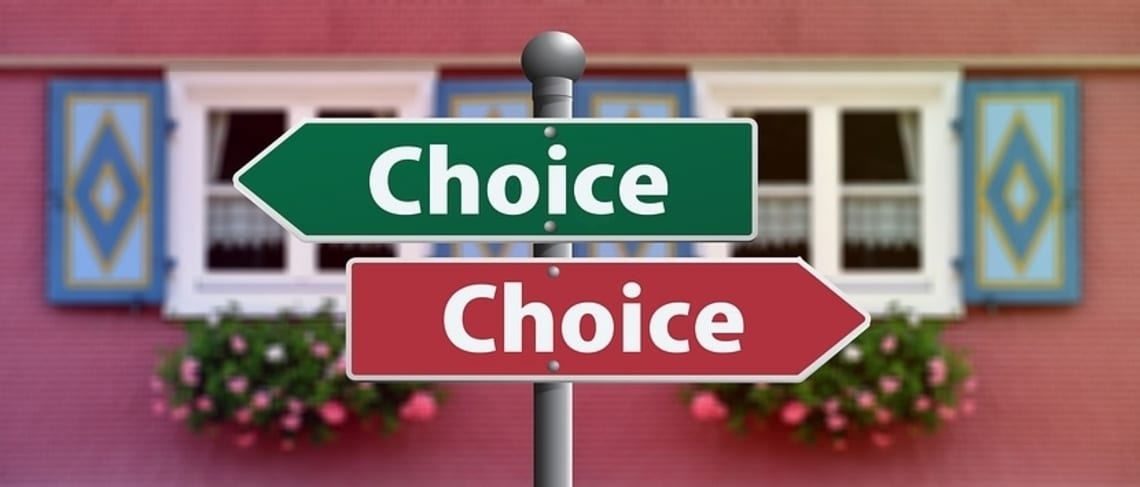
In 2011, Paul Leverington’s career took a drastic turn. As the result of a restructure within the organization, he stepped into a culture where the entire leadership team was let go along with the turnover of 75 percent of the staff and Paul was elevated to the role of President and CEO. For such a time as this, Paul found encouragement and clarity by attending The Global Leadership Summit, which he attended for the first time just a year before he became CEO and two years after becoming a Christian.
Encouragement when you need it most
“The Summit brought me encouragement when I needed it most,” said Paul. “I felt as though the Lord was speaking directly to me through some of the speakers. The Lord used the Summit to equip my leadership for the challenges I would face in the workplace.”
Paul believes the work place is one of the greatest platforms for ministry. With this belief, he takes his role very seriously, especially when it comes to making hard decisions about the people he works with.
“Owning a business or leading a department is hard, especially as a Christian in the world we live in today,” says Paul. “You have to be bold and courageous. The Summit gives me courage to move forward and do what needs to be done.”
Courage to make a tough decision
One of the speakers who had the biggest impact on him was Liz Wiseman, who talked about leaders who are multipliers vs. diminishers. (Multipliers are leaders who empower others, whereas diminishers are leaders who diminish the talent and potential of those they lead.) “We had been dealing with a great person in our organization who was a diminisher,” says Paul. “It had been a struggle for us for several months.”
“However, even though the individual was very talented, the diminishing style of leadership they used was crippling the potential of the people under their leadership. During Liz Wiseman’s session, I felt like she was talking to me. I knew what I needed to do, and made the tough decision to let this individual go.”
Why Paul will continue to attend the Summit
“If I hadn’t attended the Summit over the past 7 years, I’d be a much different leader today,” says Paul.
For example:
- I wouldn’t have had the courage to make many of the decisions I needed to make to hire well, let people go, connect with other influential leaders, pour into my staff and my customers and show people the love of Christ through my ministry platform in the workplace. The Summit refuels my soul and recharges my biblical perspective, readying me to make courageous decisions.
- I’ve learned that fear restricts God’s will, joy and progress in reaching our full potential in Christ.
- I’ve learned there are people out there with incredible stories of hope, healing, suffering, break through, redemption and transformation.
- I’ve learned how the Lord has used people to their full capacity. To think big and connect with all you know to make your vision a reality.
“I believe business leaders need the Summit,” says Paul. “We need to be challenged to lead our businesses for the Lord. We need to be encouraged. We need to hear from other speaker’s stories who are doing it and living it, and let their inspiration fuel our own. I am so grateful for the Summit.
“Every year, the Summit influences me to be a better leader. I’ve never regretted it once. In fact, I invite people in my network to go because of what it has done for me. If you have a teachable heart and want to learn how to be a better leader, the Summit is for you.”

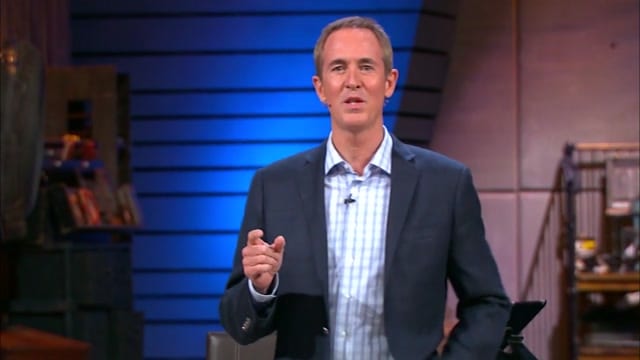
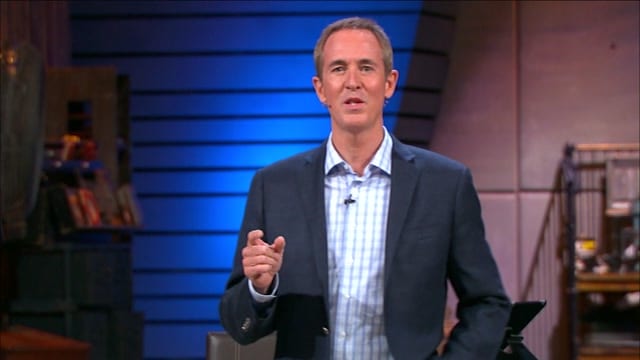
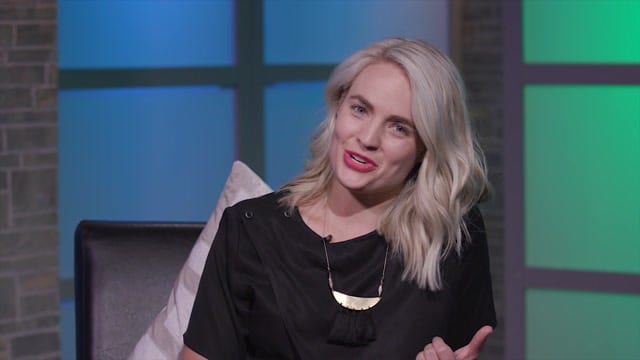
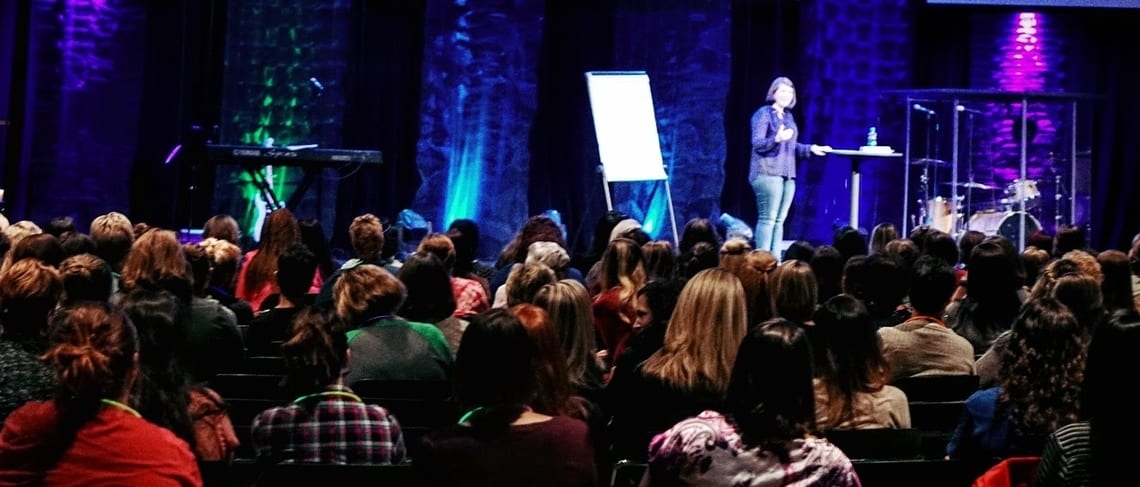











Recent Comments